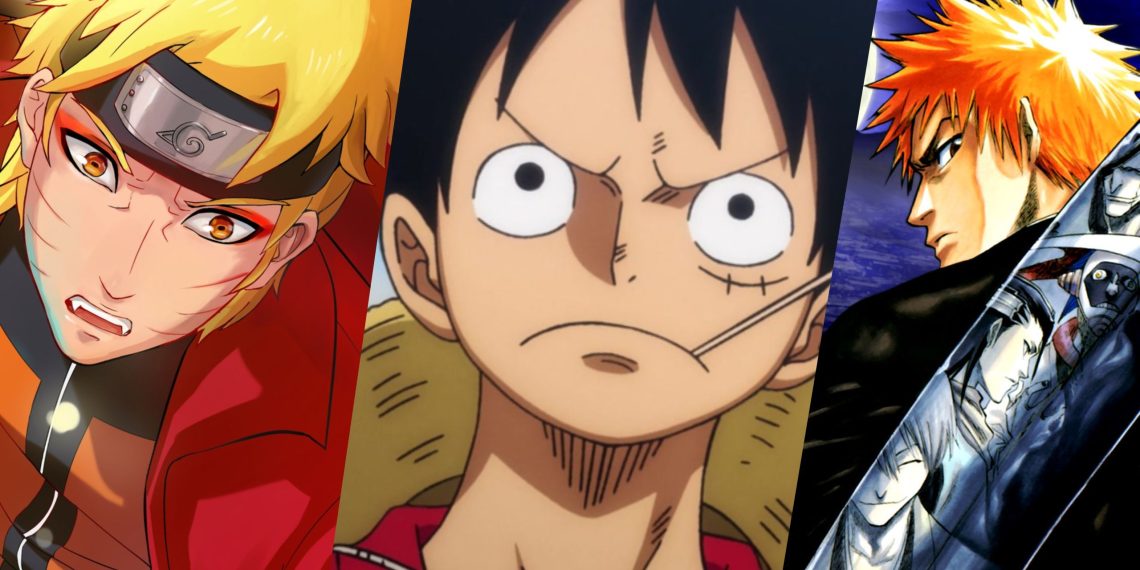Anime fans have spent countless hours debating every aspect of their favorite shonen series, from power levels to intricate lore details.
One of the most common and enduring debates centers on why “Dragon Ball” and its various spinoffs aren’t considered part of the Big Three anime powerhouses.
The Origin of the “Big Three” in Western Fandom
The term “Big Three” originated in Western anime fandom in the mid-2000s and refers to “One Piece,” “Naruto,” and “Bleach.”

These series were incredibly popular and lengthy, frequently gracing the covers of “Shonen Jump.” Shared covers often featured characters from all three franchises, symbolizing their dominance.
The Big Three were inescapable, dominating conventions, merchandise, and forums.
Despite the term being used to describe the most popular and ubiquitous properties, “Dragon Ball Z” is notably absent from this legendary group.
Popularity and Influence of the Big Three
The popularity of the Big Three anime and manga franchises soared in the 2000s and early 2010s. These shows paved the way for the continued dominance of similar properties into the 2020s.
“One Piece,” “Naruto,” and “Bleach” introduced a generation of viewers to anime, becoming cultural touchstones.
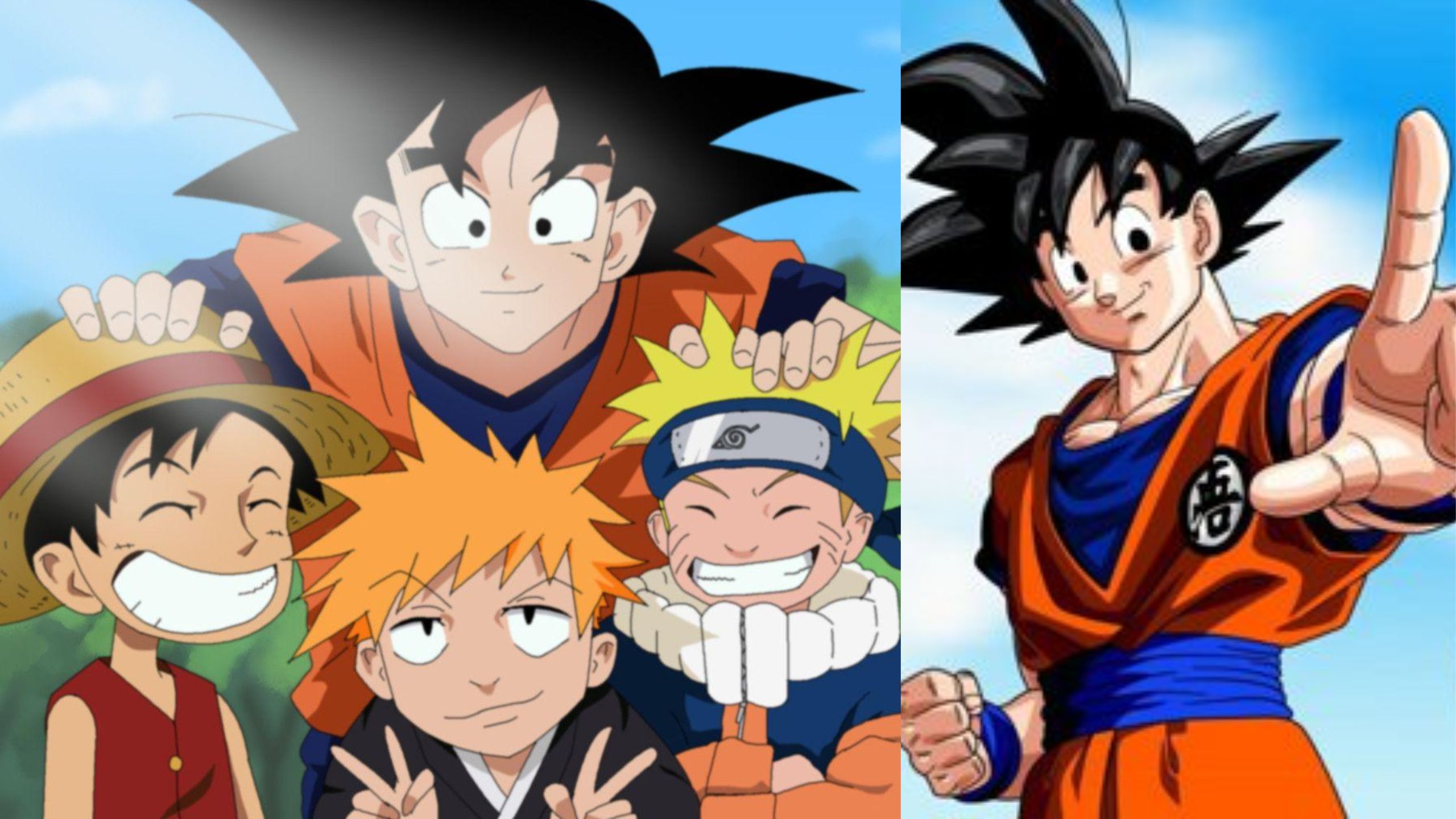
Yet, they were preceded by “Dragon Ball” and “Dragon Ball Z,” which were just as popular in their own time.
This discrepancy leads many fans to question why “Dragon Ball” isn’t considered one of the Big Three.
The Timeline Difference
The primary reason “Dragon Ball” isn’t part of the Big Three lies in its timeline. “Dragon Ball” and “Dragon Ball Z” gained popularity much earlier than the Big Three.
The original “Dragon Ball” manga debuted in Japan in 1984 and concluded in 1995.
It reached North American audiences in 1998 through a notable Funimation dub, allowing fans to experience it before the Big Three even emerged.
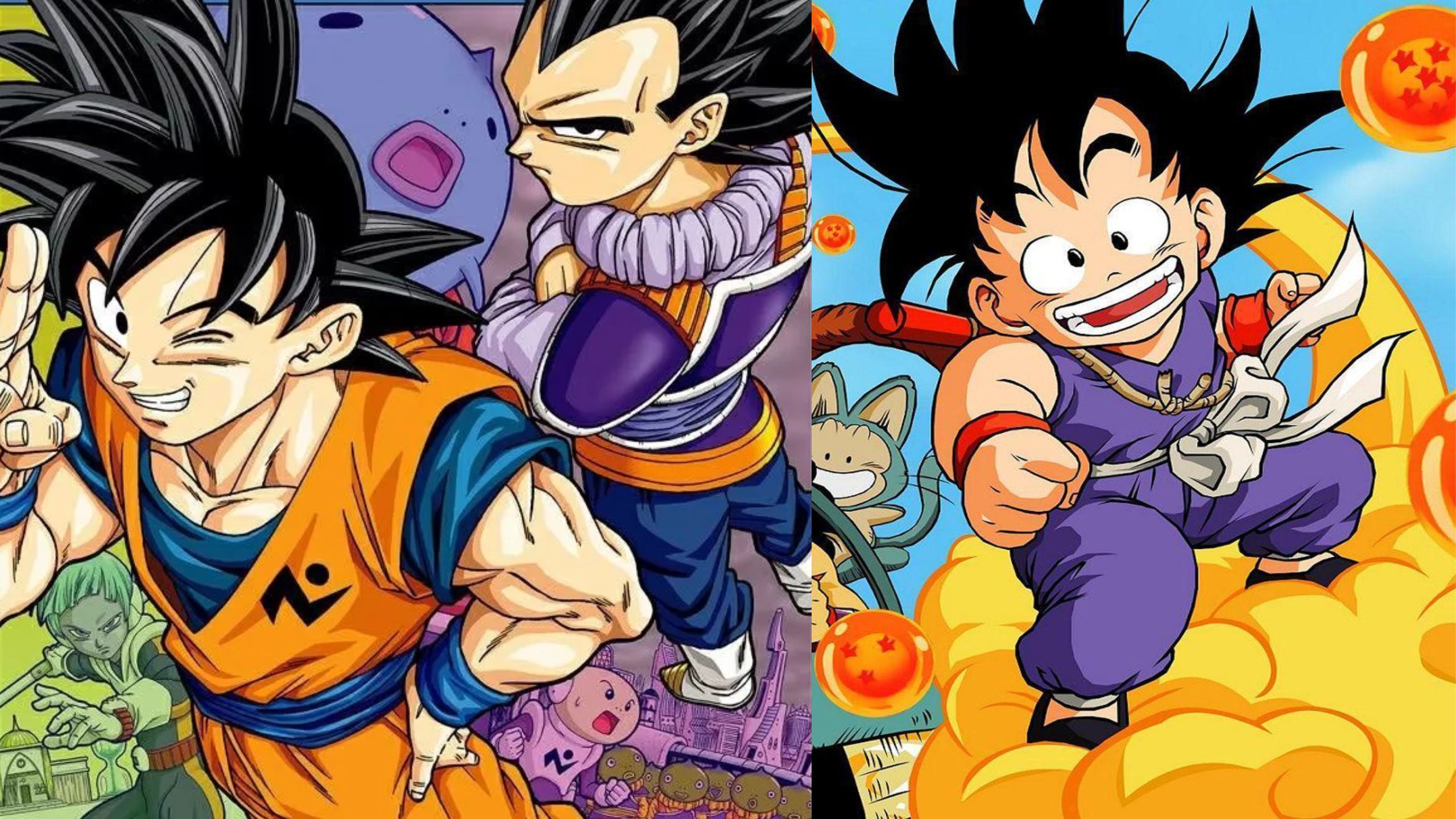
In contrast, “One Piece” launched in 1997, “Naruto” in 1999, and “Bleach” in 2001. Their North American releases followed in the early 2000s, with “One Piece” in 2002, “Naruto” in 2003, and “Bleach” in 2007.
Impact of Publication and Broadcast Methods
The way these series were published and broadcast also played a significant role. “Dragon Ball” was released in North America as a monthly comic book rather than through the “Shonen Jump” magazine.
This separated it from the Big Three, which were frequently featured together on “Shonen Jump” covers.
Fans who read the magazine often followed all three series and watched their anime adaptations on TV, creating a unified cultural moment for the Big Three.

In contrast, “Dragon Ball” felt like it belonged to an earlier era. Its anime adaptations, including “Dragon Ball Z” and the non-canon “Dragon Ball GT,” aired before the Big Three hit Western screens.
By the time “One Piece,” “Naruto,” and “Bleach” began their Western runs, “Dragon Ball” had already completed its initial hype cycle.
The New Big Three Anime Still Don’t Include Dragon Ball
Today, the concept of the Big Three is seen as a relic of a time when the North American anime market was more centralized, and fans had fewer choices.
However, while “Dragon Ball” was a significant franchise, it arrived too early to be grouped with “Naruto,” “One Piece,” and “Bleach.”
Despite not being part of the Big Three, “Dragon Ball” remains a massive franchise with a lasting impact.
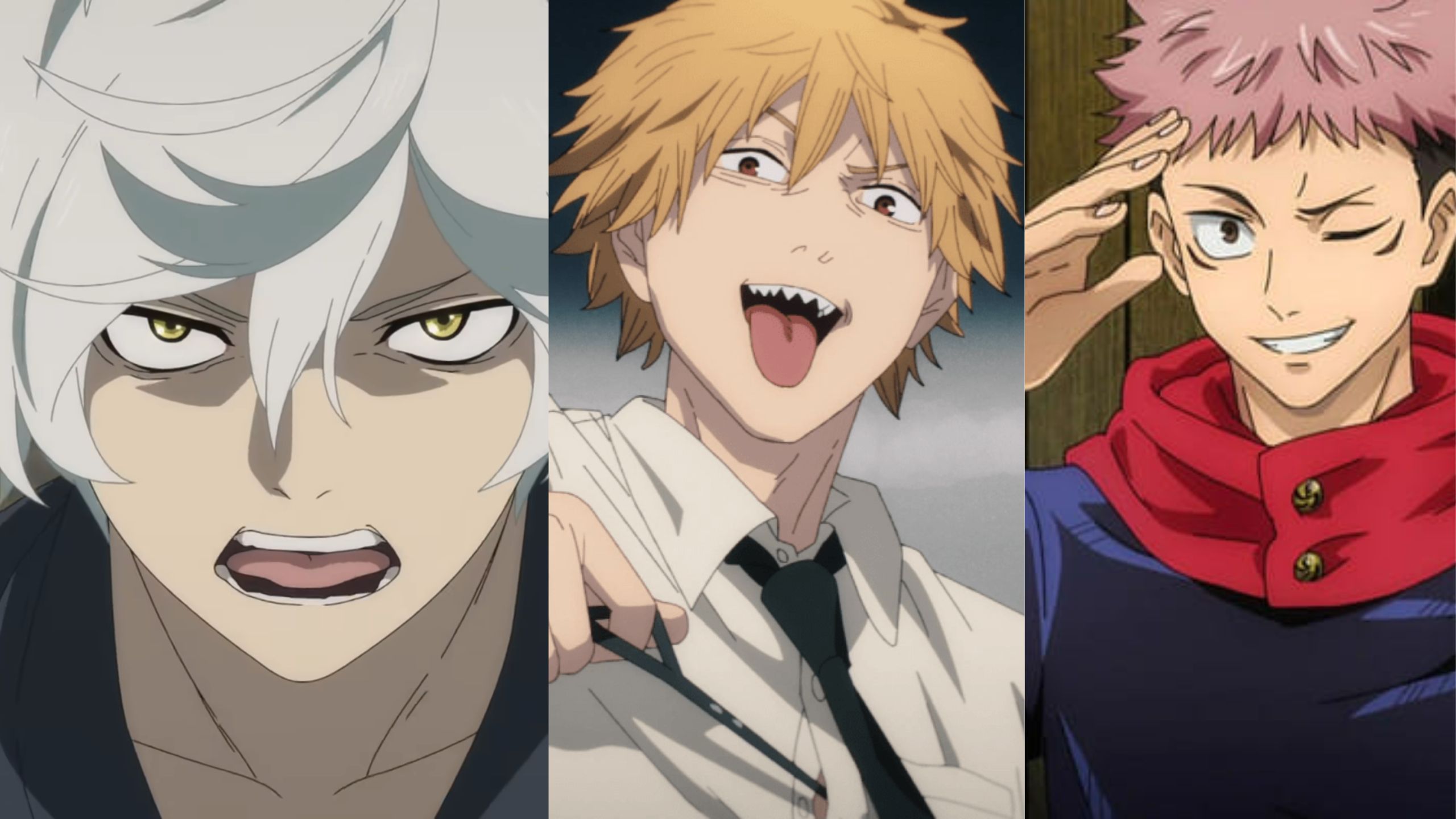
A modern equivalent to the Big Three has emerged, known as the “dark trio of anime.” This group includes “Hell’s Paradise: Jigokuraku,” “Chainsaw Man,” and “Jujutsu Kaisen.”
These series have darker tones, closer to seinen series like “JoJo’s Bizarre Adventure,” explaining the exclusion of more traditional shonen hits like “My Hero Academia” or “Dragon Ball Super.”
Dragon Ball’s Continued Influence and Future
Despite not fitting into the Big Three or the modern dark trio, “Dragon Ball” continues to be beloved across generations.
The franchise has evolved with the release of “Dragon Ball Super,” which replaced the now non-canon “Dragon Ball GT.”
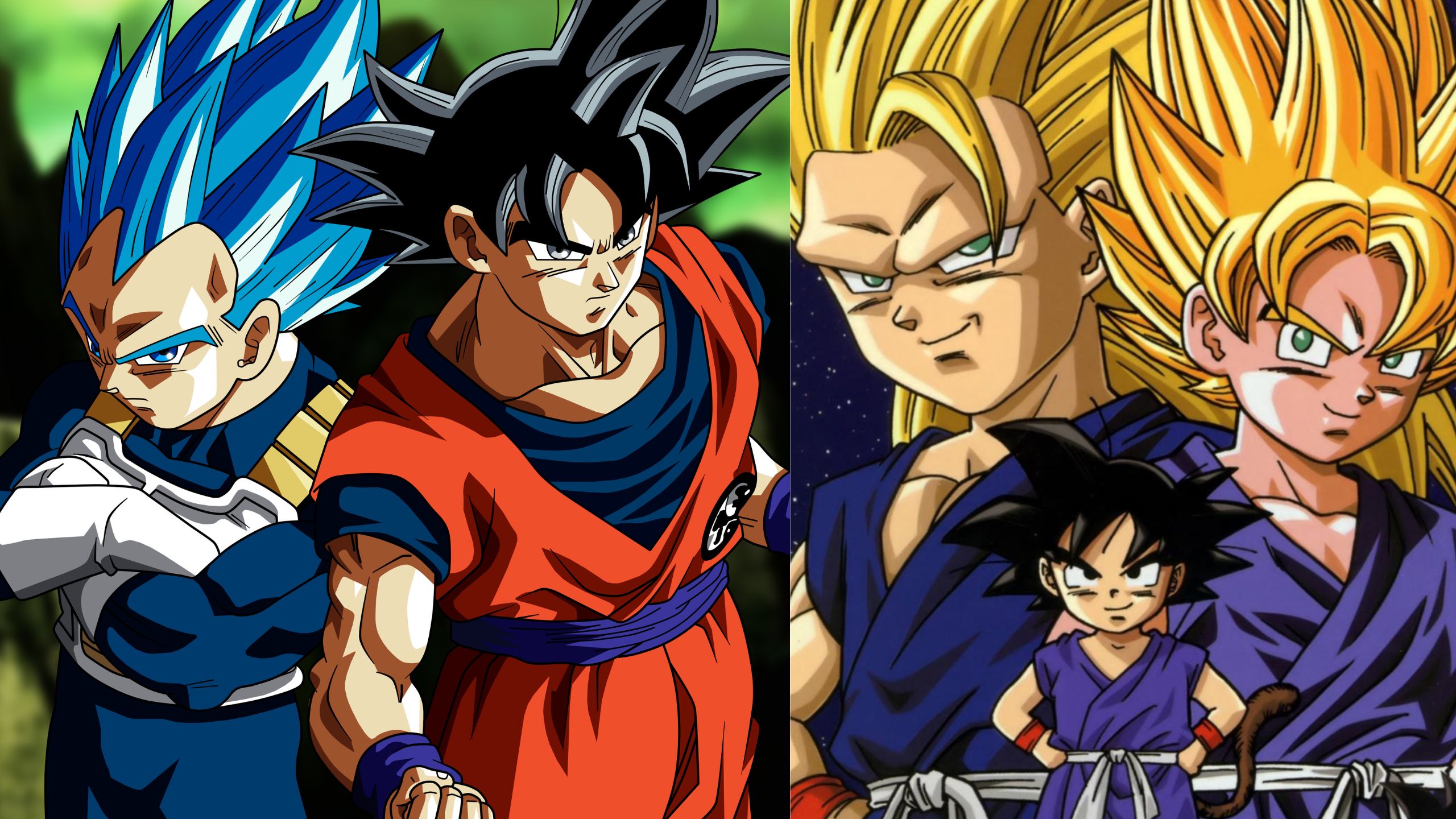
In Fall 2024, a new series titled “Dragon Ball Daima” will premiere, one of the last projects by creator Akira Toriyama.
This ongoing evolution showcases the enduring legacy of “Dragon Ball,” a testament to its lasting influence.
The Big 3 Anime and Dragon Ball’s Enduring Impact
The Big Three anime continue to thrive in various forms. “One Piece” is still going strong, both in manga and anime, with the former potentially entering its final saga.
The franchise received a live-action adaptation in 2023 and has an upcoming anime remake titled “The One Piece.”
“Naruto” continues through its sequel series “Boruto,” focusing on the next generation. “Bleach” concluded its manga but is adapting its final storyline in the “Bleach: Thousand-Year Blood War” series.

Additionally, Tite Kubo’s “Burn the Witch,” set in the “Bleach” universe, adds to the franchise’s legacy.
Timing Explains Dragon Ball’s Exclusion from the Big 3 Anime
The term “Big 3 anime” was coined by fans during a particular period and lacks any official endorsement.
This term doesn’t reflect the sales or quality of “One Piece,” “Naruto,” and “Bleach.” Instead, it signifies their perceived popularity within the shonen fandom at a specific moment.
Considering this, it’s undeniable that “Dragon Ball” has been a long-running series, belongs to the shonen genre, and maintains immense popularity worldwide.
The primary reason “Dragon Ball” isn’t included in the Big 3 anime is its publication date. The Big 3 anime, despite having scattered manga release dates, were prominent around the same time.
“One Piece” launched in 1997, “Naruto” in 1999, and “Bleach” by Tite Kubo in 2001.

Their American debut followed with “One Piece” in 2002, “Naruto” in 2003, and “Bleach” in 2007. This simultaneous public presence contributed to their collective fame.
Dragon Ball’s Early Popularity and Separate Era
“Dragon Ball,” however, gained popularity much earlier. The original manga launched in Japan in 1984 and concluded in 1995, years before the Big 3 appeared.
Its North American debut came in 1998 through an iconic Funimation dub, allowing many fans to experience it before the Big 3 titles were even released.
This timing made “Dragon Ball” feel like a product of a previous era, its prime having already passed by the time the Big 3 rose to prominence.
Dragon Ball Came and Went Before Big Three Anime Trends Started
The trend observed with the Big 3 anime extends to their animated releases, highlighting why other series aren’t included.
The “Dragon Ball Z” anime debuted on North American TV in 1996, quickly amassing a dedicated fan base. However, its new episodes ended in 2003, before any of the Big 3 anime began airing.
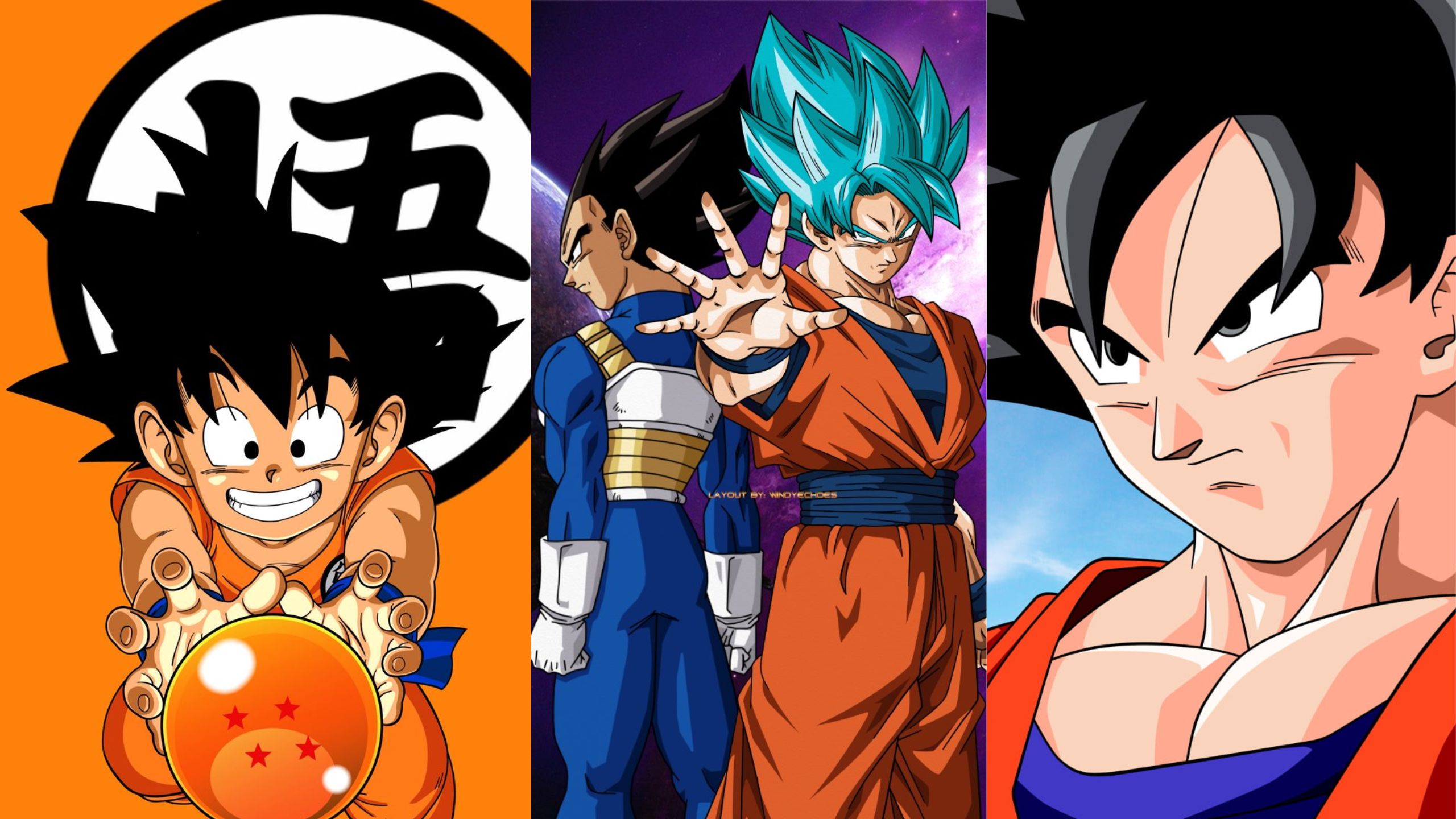
“One Piece” launched in North America in 2004, followed by “Naruto” in 2005 and “Bleach” in 2006.
By the time these series started their Western runs, audiences had already seen all of “Dragon Ball,” “Dragon Ball Z,” and the non-canon sequel, “Dragon Ball GT.”
The Impact of Different Release Methods
“Dragon Ball” originated in a different era than the Big 3, both in the East and West. Although the internet existed, streaming anime wasn’t yet common.
Fans could discuss shows online but were limited to what was broadcast locally, making it seem like the Big 3 dominated while “Dragon Ball Z” had already faded from the spotlight.
Additionally, Viz Media released the “Dragon Ball” manga in America as a monthly comic book rather than through the American version of “Shonen Jump,” further separating it from the Big 3 era.
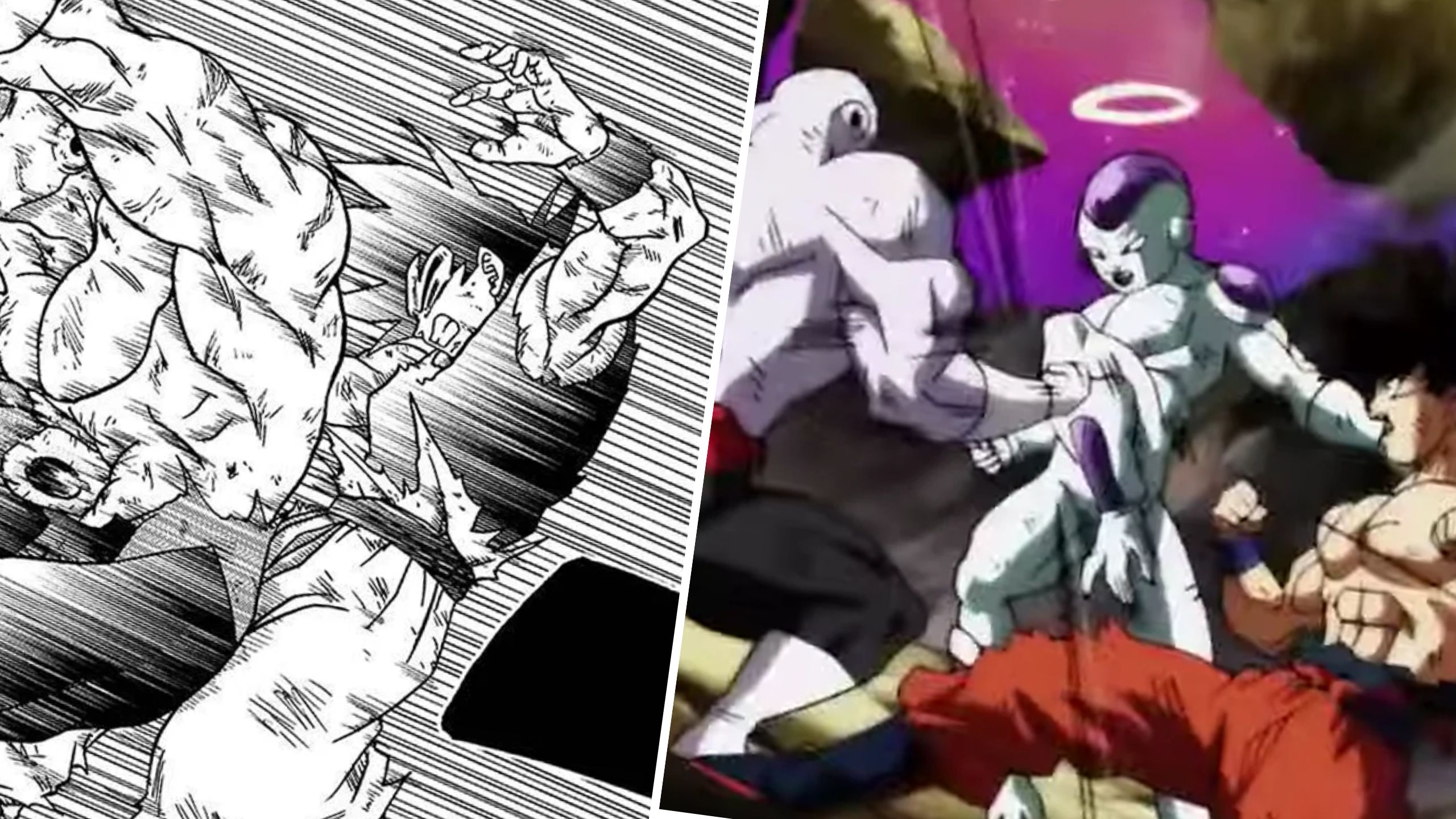
The Big 3 anime became linked in fans’ minds because they frequently appeared together on “Shonen Jump” covers.
Fans often read all three series in the magazine and then watched their anime adaptations on TV. This created a unified moment for the Big 3, unlike “Dragon Ball,” which stood as a separate entity.
Dragon Ball’s Continued Legacy and Influence
Since “Dragon Ball Super” was released before the dark shonen trio and differs in content, it’s again excluded from a modern Big 3.
Despite this, “Dragon Ball” remains a beloved franchise across generations and is synonymous with anime itself. Its legacy surpasses any trend, ensuring its continued relevance.
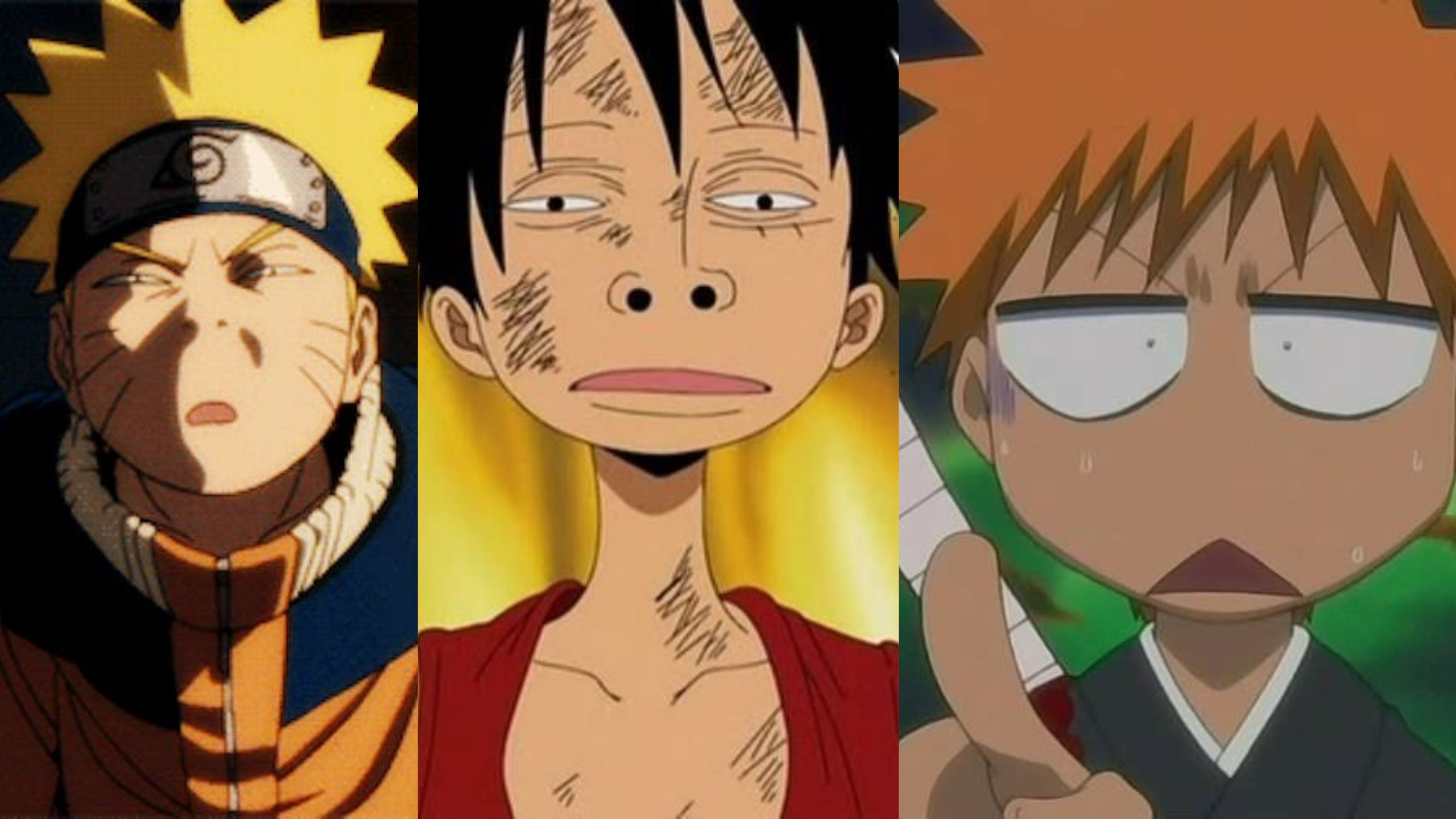
While the longevity of series like “Chainsaw Man” is uncertain, “Dragon Ball’s” impact is timeless.
Dragon Ball’s Unique Standing in Anime History
Amid the continuations of the Big 3, “Dragon Ball” has evolved with the manga and anime for “Dragon Ball Super,” replacing the now non-canon “Dragon Ball GT.”
In Fall 2024, a new series titled “Dragon Ball Daima,” one of the last projects by Akira Toriyama, will premiere, further cementing the franchise’s legacy.

The Big 3 anime have paved their paths, much like how “Dragon Ball” has influenced numerous modern anime fans.
This enduring legacy showcases “Dragon Ball” as a predecessor to the Big 3, even if it was never part of them.
Given “Bleach’s” previous hiatus, one might argue that “Dragon Ball” served as a temporary replacement for the Big 3.
In essence, “Dragon Ball” stands in a league of its own, having carved out a lasting impact on anime culture and fandom.

